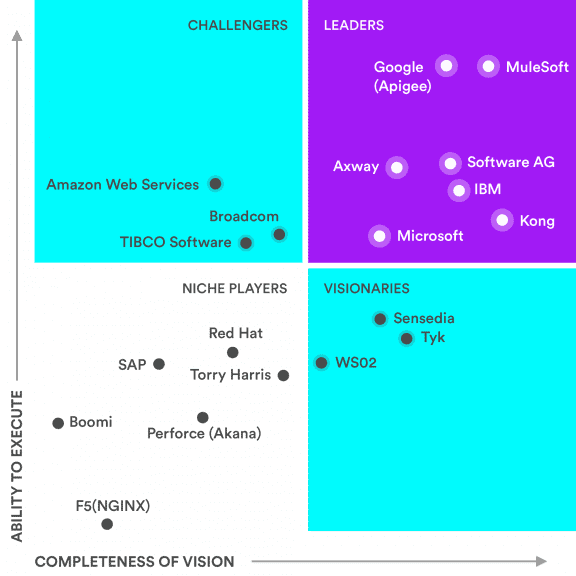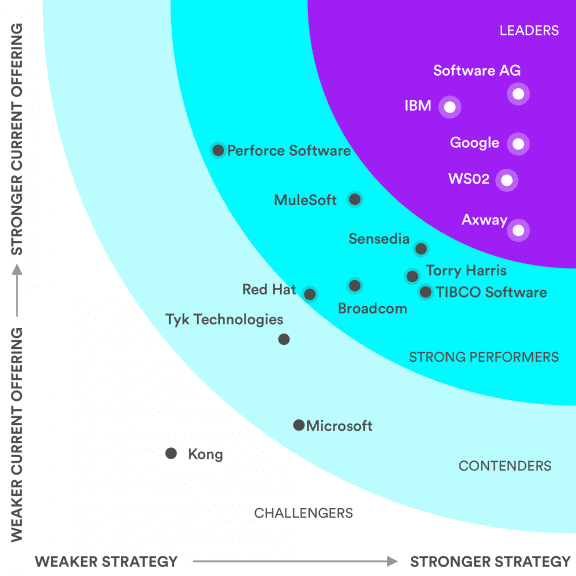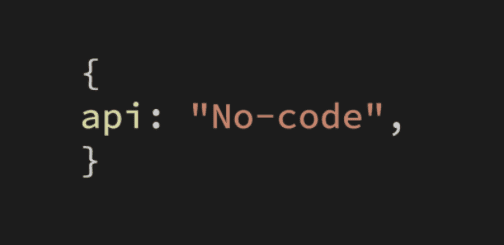API:
An example of API use would be a price comparison website for a certain service. Let's imagine that we want to book a flight. All you have to do is access the comparison website, enter the city of origin, the city of destination, the dates you want to travel and the number of passengers. The comparison site will access, through the API of each airline, their database and will show us in an attractive way, the results obtained for each airline.
Does the comparison website know how each airline stores its data? No. It has simply told the API what it wants and the API has done the work to get the information. This seemingly simple thing requires documentation to be available to users describing the technical details involved in its use, including how to access it and the operations necessary to interact with the API. This documentation constitutes an agreement between the parties, i.e. a kind of contract that specifies which operations are available and what is to be obtained in response to invoking them.
«An API is the ideal access mechanism for publishing data with a high update frequency such as real-time or dynamic data.»
Types of APIs
Design of APIs: SOAP, RESTful and GRAPHQL
There are two main initiatives that have made it possible to design APIs and optimise their implementation, although a third has recently been gaining momentum. These are the Simple Object Access Protocol (SOAP) and Representational State Transfer (REST), which have been joined by API GraphQL.
The SOAP protocol makes it possible to standardise message formats and requests. It is a protocol specification that facilitates communication between applications in different environments or written in different programming languages.
On the other hand, REST is an architectural style based on six guiding principles, which are easier to follow than a pre-defined protocol, which is why RESTful APIs are becoming more prevalent than SOAP.
API GraphQL is a query language for APIs and a runtime for completing those queries. REST and GraphQL are similar in the sense that they identify resources as URLs through which the application can obtain data or functions, but from there, there are many differences that you can consult, for example, in this Google guide.
«he API economy is an enabler to turn a company or an organisation into a platform»
API economy or how to turn our company into a platform
The API economy is a set of business models and channels based on secure access to functionality and data exchange, which allows value to be created at the point where the interests of users and companies converge.
It is therefore not surprising that IT strategies in areas such as mobile, IoT, cloud converge in a business strategy centred on API management.

Source: Red-Hat.
Managing APIs means managing the entire lifecycle from planning, design, implementation, testing and publishing, monitoring operability, consumption, version control and even the withdrawal of an API once its lifecycle is over or if it loses functionality. There are a wide range of applications on the market for this purpose.
We turn to the well-known Gartner Magic Quadrant, this time to analyse the management of full life-cycle APIs, and the Forrester Wave, also applied to API management solutions. These are two essential guides for those who are looking for this type of solution that can also be compared in the Capterra guide.

Gartner Magic Quadrant for Full Lifecycle API Management

The Forrester Wave for the API Management Solution
«Digital transformation is about an organisation's ability to package its services, skills and assets into modular pieces of software that can be leveraged repeatedly.»
The secret to getting the most value from the data we have is to free it from silos and make it interoperable and reusable in different contexts, including by combining it with valuable assets from partners and other third parties.
APIs enable these synergies by allowing developers to access and combine digital assets in different systems, even if these systems were never intended to interoperate. When developed to be easily reusable, APIs allow developers to modularly combine and recombine functionality and data for new uses at virtually no marginal cost for each additional use of the API.
Since there is no additional cost for API calls, the more API calls you receive, the more value you create for all participants, so that more and more synergies are created between each other.
Thus, the aforementioned State of API Economy 2021 Report concludes that, based on their research, IT decision-makers find the following benefits of APIs:
Opinions on APIs
APIs help us create better digital products and experiences
APIs accelerate innovation by exposing assets with partners
APIs are a way to achieve system integration
APIs are strategic assets for creating business value
APIs are products that are directly exploitable by external customers.
However, as the research evidence attests, integration remains an important API use case, but it can also be limiting if it is perceived as the sole value proposition of the API. Making two systems interoperate is not inherently valuable; what is valuable is what this integration enables in terms of business outcomes, and whether it can be replicated, iterated and managed as business needs change.
Organisations that increase SaaS (software as a service) deployment are more likely than their peers to have strong API programme maturity.
While companies at all levels of API maturity are likely to focus on accelerating new application development and connecting internal applications, respondents with high maturity will be more likely to focus on developing a developer ecosystem or B2B partner programme around their APIs.
Low maturity
Medium maturity
High maturity
Accelerates the development of new applications
Connects internal applications
Creates a developer ecosystem
Develops a B2B partner programme
Monetising APIs as a new source of revenue

